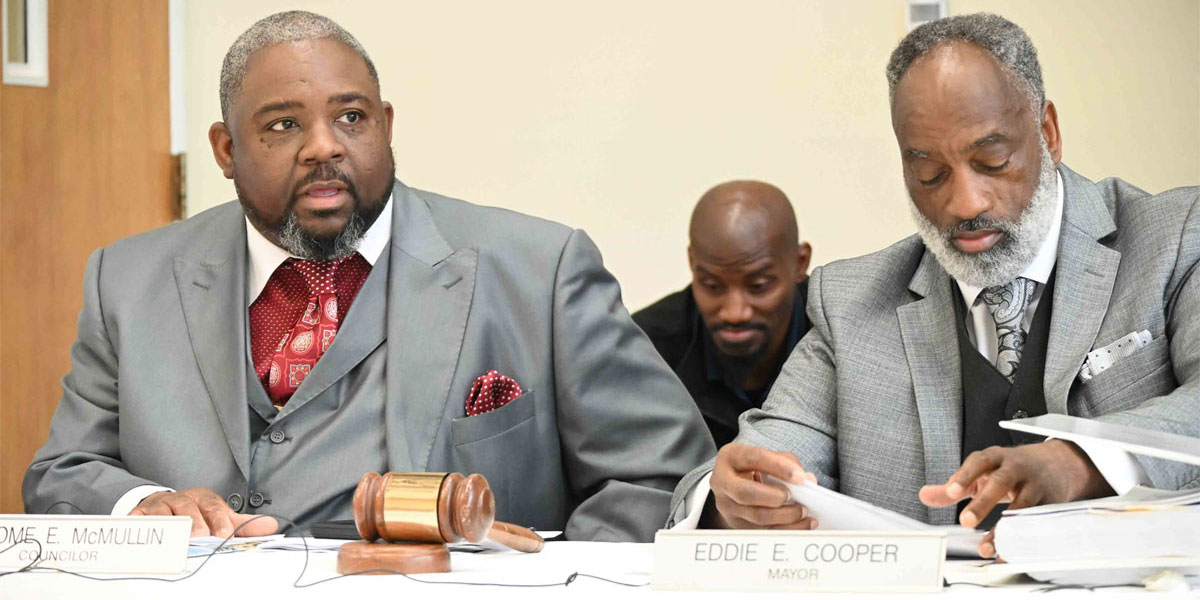Brighton is a city near Birmingham, Alabama, United States and located just east
of
Hueytown. At the 2020 census, the population was 2,337. It is part of the Birmingham-Hoover
Metropolitan
Statistical Area, which in 2010 had a population of about 1,128,047, approximately one-quarter of
Alabama's population.
It is one of four cities in Jefferson County named after cities in Great Britain. Many of the city's
early settlers were of English descent; they named the town after the English tourist and resort
city of
Brighton, which is located on the English Channel.
History
Brighton was not settled by European Americans until the late 19th century. Brighton was
officially founded in 1892, when developer G.B. Edwards subdivided a tract of land and
sold
lots. It was named after Brighton, East Sussex in England UK. It was situated along a
dummy
railroad line built in 1889 by the Bessemer & Birmingham Railroad Company to connect
those two
growing industrial cities.
The Old Huntsville Road was renamed as Main Street and the city was incorporated in
1901. By
that year, at least 100 families were living in Brighton. The town had a population of
1,502 by
the 1910 census, with seventeen commercial establishments, including eight grocery
stores.
The city's fortunes have been closely linked to those of Woodward Iron Company. Together
with
coal mining in this area, the iron company was integral to the industrial development in
this
part of Alabama, which is based on the much larger cities of Birmingham, Bessemer, and
Gadsden.
After industrial restructuring in the late 1970s and when the iron company moved out,
the town
has declined in population since its peak in 1980.


Brighton Cemetery, which is still operating, contains the graves of persons of
Scottish, English and German descent who came to work at Woodward.
In August 1908, coal miner and union leader William Miller, who was black, was accused of
blowing up
the home of a white mine operator Finley Fuller. It was during a period of labor unrest as mine
workers tried to organize unions. Miller was lynched by a white mob that dragged him out of the
Brighton jail. They hanged and killed him not far from Brighton City Hall. Later, it was found
that
whites opposed to unionization had bombed Fuller's home; by linking the crime to a black man,
they
intended to increase general opposition to the union's drive for better wages.
In 2015, after the Equal Justice Initiative (EJI) published its study Lynching in America:
Confronting the Legacy of Racial Terror, the city of Brighton resolved to place a historical
marker
to commemorate Miller for his work with the union and as a victim of lynching. They worked in
cooperation with EJI and placed the marker in a ceremony near City Hall. Brighton was the first
city
in Alabama to install such a memorial. In a related effort, scholarships will be awarded to high
school students for writing essays about Alabama's racial history.
City Government
Mayor : Eddie Cooper
Demographics
Brighton's population according to the 2010 Census was 2,945. Of that number, 81 percent identified
themselves as African American, 13.8 percent as Hispanic, 6.5 percent as white, 1 percent as Native
American, and 0.9 percent as two or more races. The town's median household income was $25,929 and
the per capita income was $14,858.
Population
The city of Birmingham has a population of 209,880 (U.S. Census Bureau estimate, 2019) and is the
central
hub of the Birmingham-Hoover Metropolitan Area with a population of 1.1 million. The
Birmingham-Hoover
Metro is the largest population and economic region in the state of Alabama.
Education
Schools in Brighton are part of the Jefferson County School District; the town has approximately 350
students and 28 teachers in one middle school. The city lies within 10 miles of five colleges and universities,
including the University of Alabama at Birmingham and Birmingham-Southern College.
Transportation
Interstate Highway 59, running north, lies approximately one mile west of Brighton. The city is about
10 miles southwest of Birmingham-Shuttlesworth International Airport.
Employment
Brighton's workforce in 2010 was divided among the following industrial categories:
· Educational services, and health care and social assistance (20.1 percent)
· Arts, entertainment, recreation, and accommodation and food services (15.9 percent)
· Professional, scientific, management, and administrative and waste management services (11.4 percent)
· Retail trade (11.4 percent)
· Finance, insurance, and real estate, rental, and leasing (10.8 percent)
· Construction (6.8 percent)
· Public administration (5.9 percent)
· Manufacturing (4.5 percent)
· Wholesale trade (3.7 percent)
· Information (3.6 percent)
· Transportation and warehousing and utilities (3.0 percent)
· Other services, except public administration (2.2 percent)
· Agriculture, forestry, fishing and hunting, and extractive (0.7 percent)
Reference -
http://encyclopediaofalabama.org/article/h-3219


